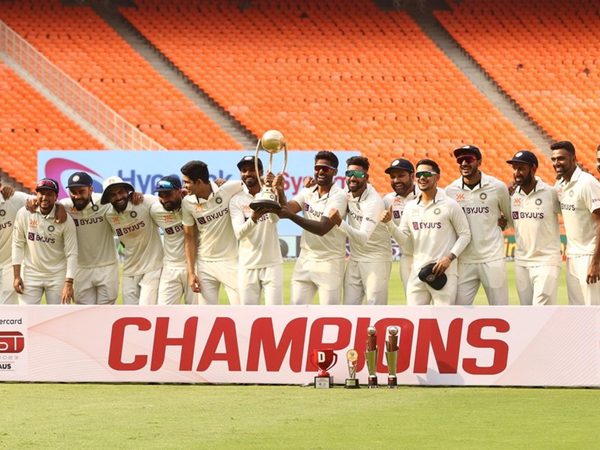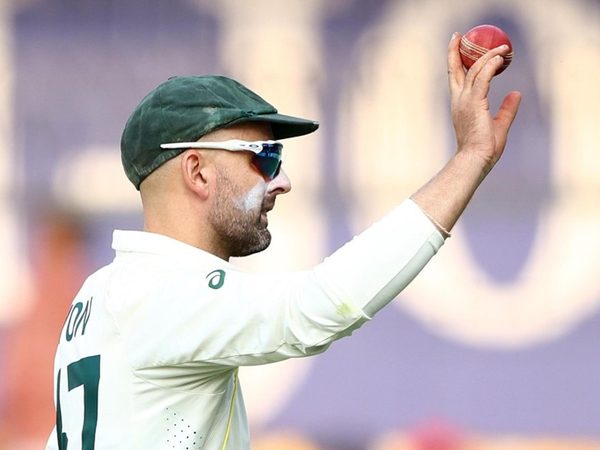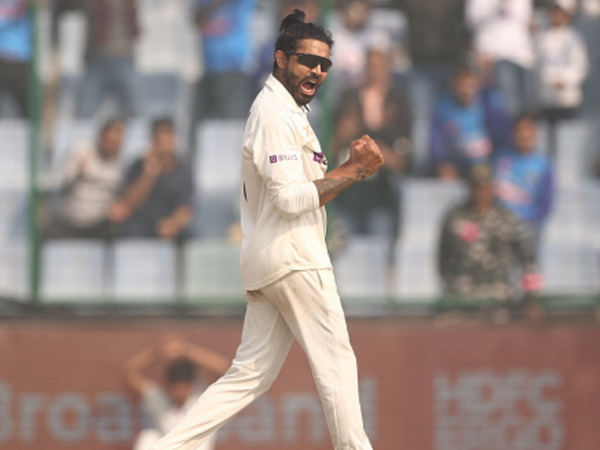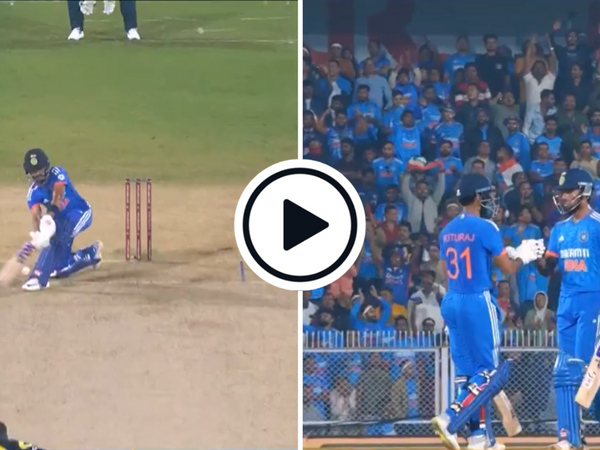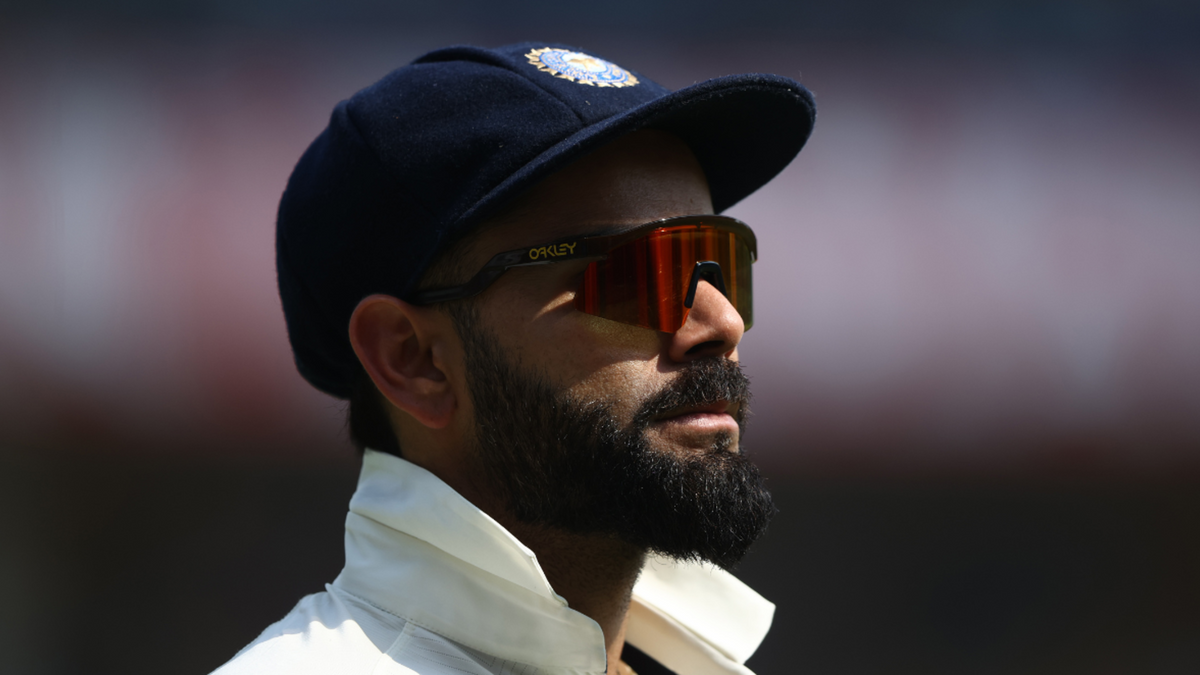
A home defeat doesn’t come by too often for India, but when it does the repercussions can be huge – and this time, the target could be Virat Kohli, writes Aadya Sharma.
“Runs toh mujhe banane hai. Lekin apne liye nahi, team ke liye” (I have to make runs for sure, but not for myself, for my team).
In 83, the mega-dramatised Bollywood biopic on India’s 1983 World Cup win, Sunil Gavaskar (or his character rather) is pensively speaking to team manager PR Man Singh about his form. Moments earlier, Kapil Dev had called him out in a team chat after a gutting defeat to Australia that Gavaskar sat out of, due to injury. The great man knew he wasn’t in form. In six matches, Gavaskar’s campaign had fetched 59 runs.
There is a possibility that a similar thought is teasing Virat Kohli too, although the circumstances are vastly, vastly different. He is, as Gavaskar was, the team’s megastar, a batter of undisputable excellence, who finds himself staring at a patch of low scores. But the patch is not a patch anymore, it’s become a barren field.
High excellence breeds high expectations, sometimes to an unfair degree. Kohli can’t score runs every time, everywhere. He’s been an all-format titan like few others, if any. In terms of international centuries, there’s no one better, but Sachin Tendulkar. Months earlier, he had curated that heavenly 82* against Pakistan. In January, he hit two ODI centuries within a week and looked as good as ever.
Kohli has a great legacy and seems to be in good nick. So what’s the issue?
Two things – we need to separate formats, and we need to look at the returns. Kohli might be rediscovering his best in white-ball cricket, but in Tests, the numbers are still far, far away from the Kohli we know. And they have been for a while.
That Kohli hasn’t scored a century since November 2019 is a stat overused. However, it’s not just the scarcity of the big ton, but the general lack of runs that pinch like a sore throat in summer. Since that pink-ball Test against Bangladesh, Kohli averages 25.70 in 41 Test innings. He’s managed six fifty-plus scores – that’s one roughly every 14 innings. Nothing above 80, twenty scores below 20.
In three years, his Test average has gone down from 54.97 to 48.12. It’s not attributable to general tough conditions – Kohli’s form is way down the global list: among all batters to play at least five times at No.4 since the start of 2020, Kohli’s average ranks 17th out of 21 names.
At home, he used to average 68.42 up until the end of 2019. Since then, that number is 25.00. That’s a huge decline. Yes, the pitches have changed in India, but even still, among all batters to have played at least three Tests in India since 2020, Kohli’s average ranks at 15th.
Through the poor patch, Kohli has played some very good knocks, because he is that great a player. There was the 74 in Adelaide before he had to fly back, the 72 against England on a tricky Chennai surface, his splendid 79 in South Africa that almost teased a return to prime form, against a fiery pace attack.
But they’ve all been too far apart and too few in number. And a developing pattern is that Kohli looks good, really good on some days, but it rarely builds into anything. Against the play, he’s undone by the odd ball that sets him up. And he’s walking back, sneering, mumbling and angry, his head low.
This is not to say that Kohli’s the only one to blame after a Test where the home team were blown away for 109 & 163. A fair bit might need to be changed, but it’s beyond time to seriously wonder if the No.4 spot could be one of them.
This will still be an outlandish thought to many. Yes, Kohli could still turn things around, and there’s still that nagging feeling that a big one might be just around the corner. With the recent white-ball revival, it might be more than wishful thinking. If he does indeed hit form, a lot of chagrin around India’s batting will die down.
But how long will that wait be? What will snap first: Kohli’s troubled streak, or the faith in him?
He is, essentially, a 34-year-old former captain who hasn’t scored a century in over three years. Elsewhere, that would mean a lot more. At this point, India’s batting is already shorthanded without Rishabh Pant and might need a personnel change or two to find its ideal balance. In terms of options, India’s batting larder is overflowing with talent. Perhaps no one is close to Kohli’s batting pedigree. But then, when India were coming to the end of Tendulkar’s career, could they have hoped for so able a replacement? Greats come and greats go, this is the way of things. We need to remember that cricket is a game of simple plus-and-minus too: after a point, those not scoring enough runs need to make way for someone else.
In the recent past, India have taken brave calls to drop out-of-form batting stars. It was Cheteshwar Pujara in 2018, Ajinkya Rahane in 2022, and recently, KL Rahul. Kohli is a greater Test batter than all of them, but he’s also had a much, much longer phase of underwhelming returns as well.
India needs runs from Kohli, just as much as Kohli needs runs from himself. But if the team sees merit in asking him to step aside, it shouldn’t be an uncomfortable conversation.
In fact, it will be only fair to him– a self-aware cricketer, he has been honest about his past failures, mental health struggles, and other often-hushed topics like few others. The last three years, though, aren’t reflective of the greatness of his batting. It can’t be a taboo topic anymore.

